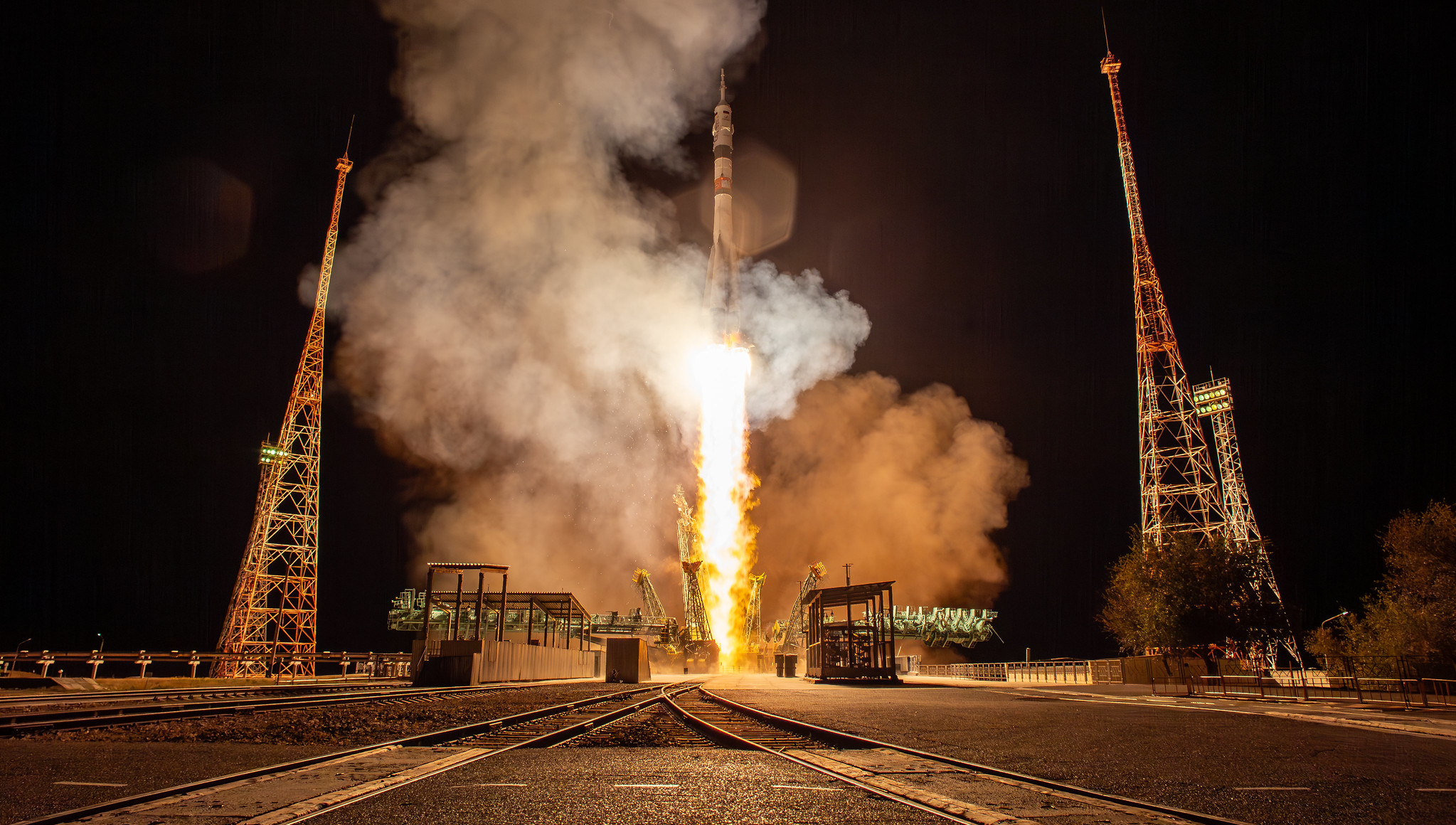Products You May Like
BRUSSELS — A Soyuz spacecraft delivered a new crew to the International Space Station Sept. 15 as NASA and Roscosmos updated plans for later missions.
A Soyuz-2.1a rocket lifted off from the Baikonur Cosmodrome at 11:44 a.m. Eastern and placed the Soyuz MS-24 spacecraft into orbit. The spacecraft docked with the station’s Rassvet module at 2:53 p.m. Eastern.
The spacecraft brought to the station two Roscosmos cosmonauts, Oleg Kononenko and Nikolai Chub, and NASA astronaut Loral O’Hara. The launch was the fifth for Kononenko and first for Chub and O’Hara.
The three were scheduled to launch to the station in March. However, their mission was delayed when the Soyuz MS-22 spacecraft that launched last September, carrying NASA’s Frank Rubio and Roscosmos’s Sergey Prokopyev and Dmitri Petelin, suffered a coolant leak in December while docked to the station. NASA and Roscosmos agreed to use the Soyuz MS-23 spacecraft that has been set to launch Kononenko, Chub and O’Hara as a replacement, launching it to the station without a crew in February.
NASA officials said in July they were satisfied with Russian explanations that the coolant leak was caused by a micrometeoroid or orbital debris impact and was not a defect in the spacecraft itself. They reached that conclusion even after a Progress spacecraft docked to the station suffered a similar coolant leak in February.
“The NASA team has also looked at it, independent of the Russian team, and we also cannot find anything, based on the information we’ve been given by our Russian colleagues, of anything other than some type of external force or debris or something else like that,” said Joel Montalbano, NASA ISS program manager.
The Soyuz MS-23 spacecraft remains on good condition on the ISS. It will return Prokopyev, Petelin and Rubio to Earth on Sept. 27. The three will have spent 371 days in space, which for Rubio marks a U.S. record for the longest single mission.
Shortly before the Soyuz MS-24 launch, NASA announced it had assigned Tracy C. Dyson to the following Soyuz mission launching in March 2024. Dyson, a veteran NASA astronaut, flew a short-duration shuttle mission to the station in 2007 and spent six months on the station in 2010. Dyson had trained as O’Hara’s backup and Russian officials previously said she was slated to fly to the station in 2024.
Dyson will launch with Oleg Novitskiy of Roscosmos and Marina Vasilevskaya, a spaceflight participant from Belarus. Novitskiy and Vasilevskaya will return on Soyuz MS-24 with O’Hara, while Kononenko and Chub, spending a year in space, will return with Dyson in September 2024.
NASA and Roscosmos are also discussing an extension of “integrated crew” arrangements between the agencies, allowing NASA astronauts to fly on Soyuz while Roscosmos cosmonauts fly on Crew Dragon and, eventually, CST-100 Starliner commercial crew vehicles. Those arrangements are in place through Dyson’s launch to the station and Roscosmos cosmonaut Alexander Grebenkin’s assignment to the SpaceX Crew-8 mission to the station in February 2024.
Yuri Borisov, head of Roscosmos, told the Russian news agency Tass on Sept. 15 that Roscosmos and NASA are negotiating a “supplement” to the agreement that would include missions later in 2024 and into 2025, but did not offer further details about those discussions.
